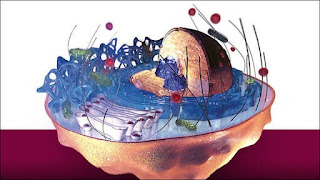Some habits are useful and healthy like drinking enough water everyday, eating of fruits and vegetables while habits like eating a cookie every day after work, smoking after meal and excess consumption of alcohol are not healthy.
Neuroscientists have identified a single type of neuron in the brain that serves as a master controller of habits. The team found that habit formation increases the activity of this influential cell, and that shutting it down with a drug is enough to break habits in sugar-seeking mice.
This cell exerts its control through a web of connections to more populous cells that are known to drive habitual behavior. This cell is a relatively rare cell but heavily connected to the main neurons that relay the outgoing message for this brain region. We find that this cell is a master controller of habitual behavior, and it appears to do this by re-arranging the message sent by the outgoing neurons.
The scientists trained healthy mice to receive a tasty treat every time they pressed a lever. Many mice developed a lever-pressing habit, continuing to press the lever even when it no longer dispensed treats. The team compared the brain activity of mice who had developed a lever-pressing habit with those who hadn’t. They focused on an area deep within the brain called the striatum, which contains two sets of neural pathways: a “go” pathway, which incites an action, and a “stop” pathway, which inhibits action.
They discovered that the go and stop pathways were stronger in habit-driven mice. Habit formation also shifted the relative timing of the two pathways, making the go pathway fire before the stop. The fast-spiking interneuron in striatum FSI might serve as master conductor of the widespread changes in the outgoing neurons activity. The FSI belongs to a class of neurons responsible for relaying messages located between other types of neurons in a particular brain region.
Though FSIs make up about only one percent of the cells in the striatum, they grow long branch-like tendrils that link them up to the 95 percent of neurons that trigger the stop and go pathways. Forming a habit appeared to make the FSIs more excitable. After giving the mice a drug that decreases the firing of FSIs, they discovered that the stop and go pathways reverted to their previous brain activity patterns, and the habit behavior disappeared. Harmful behaviors like compulsion and addiction in humans might involve corruption of the normally adaptive habit -learning mechanisms.
haleplushearty.blogspot.com


